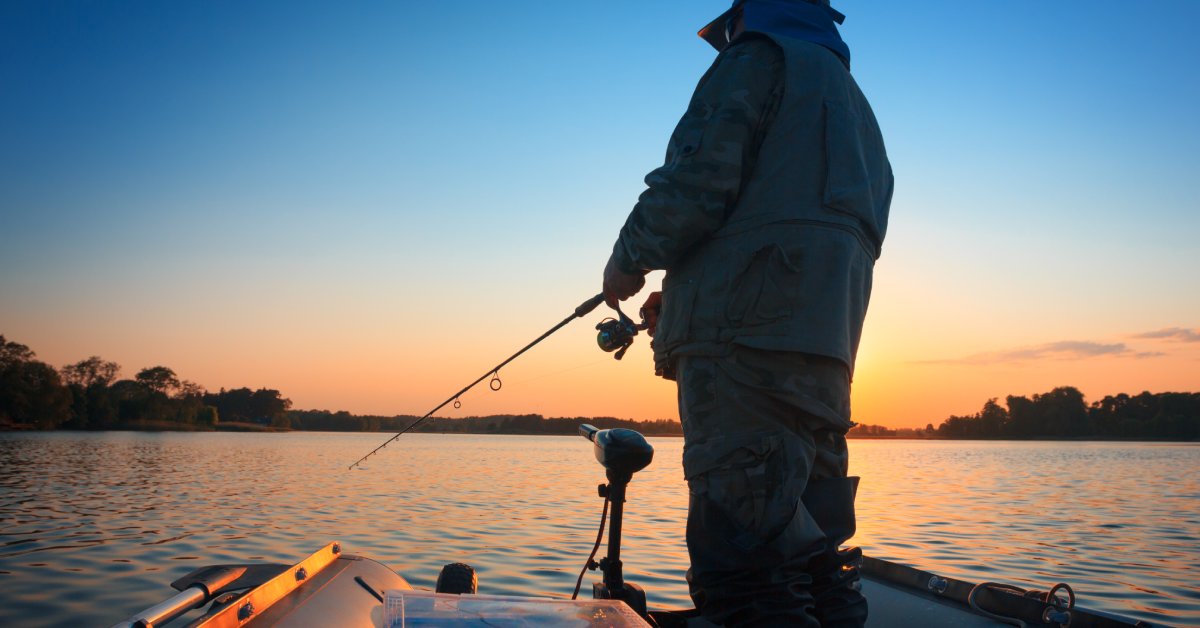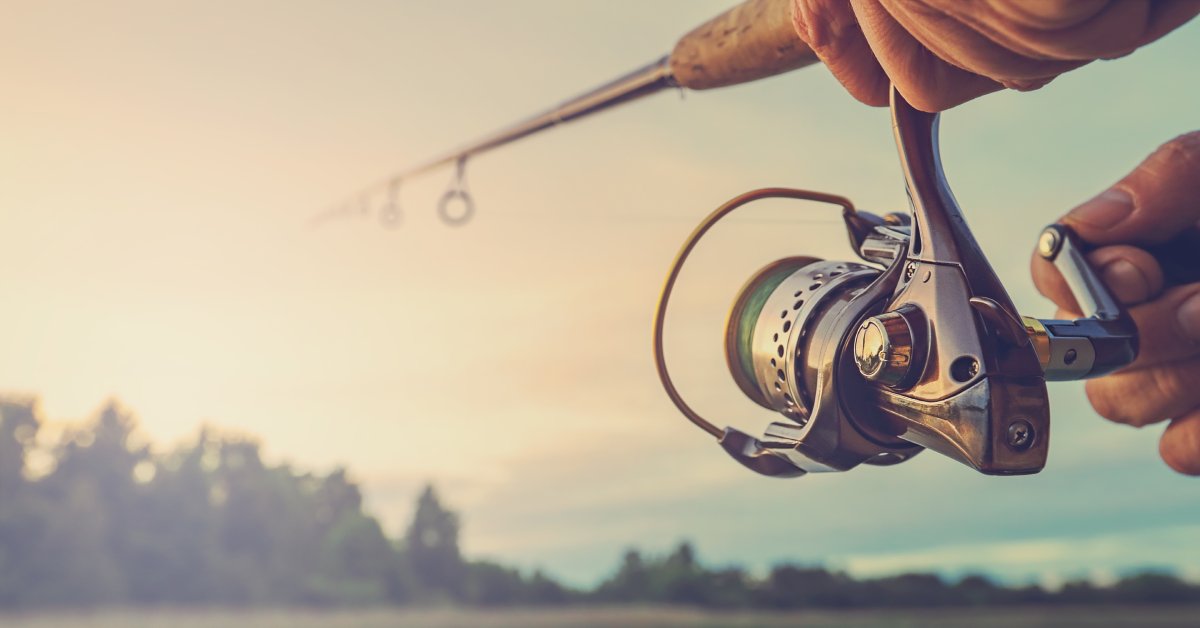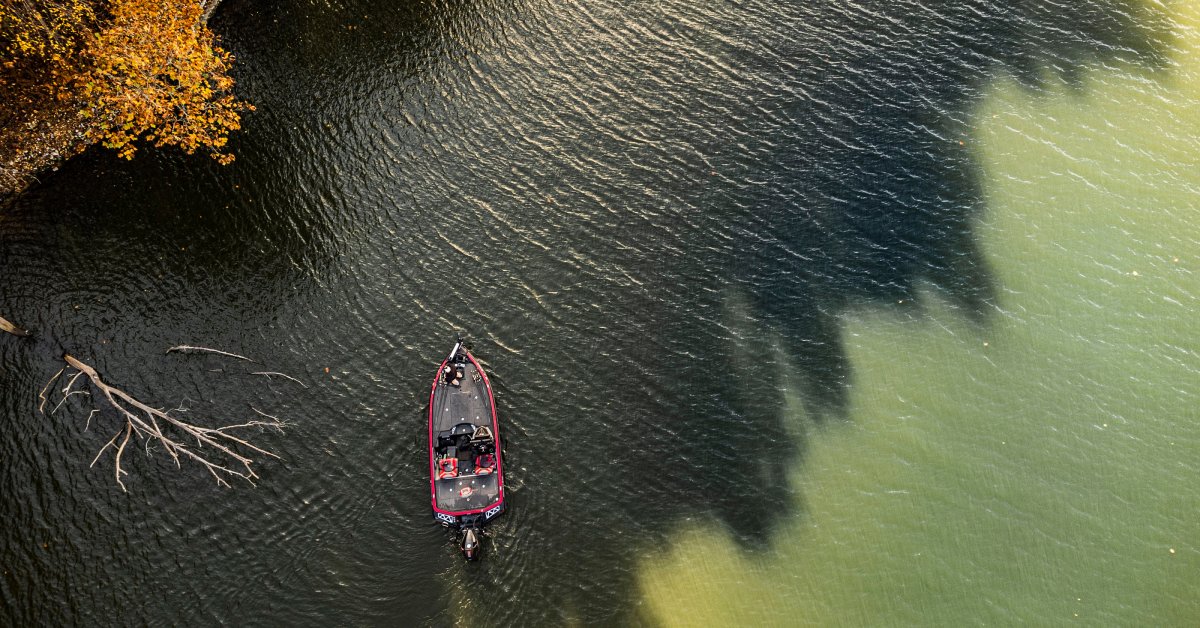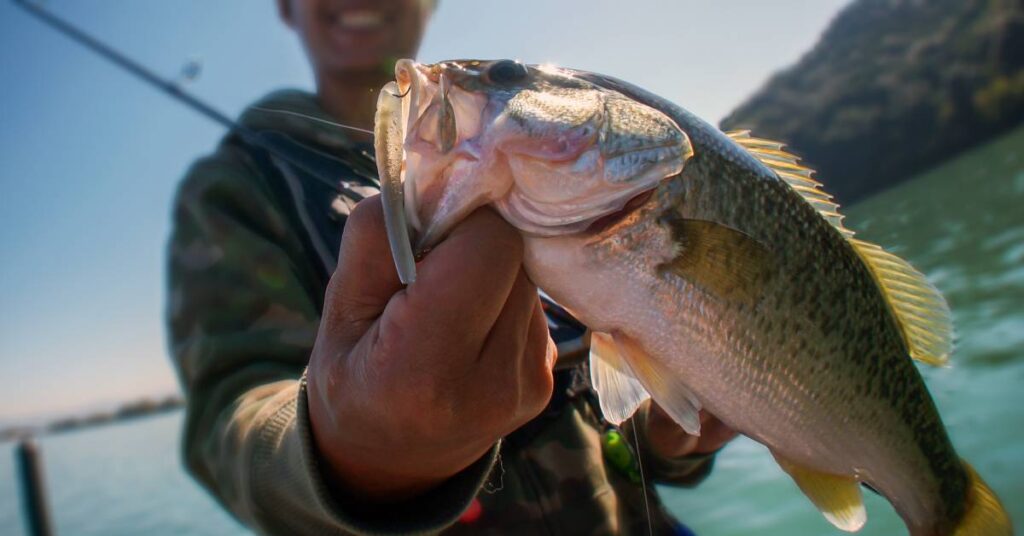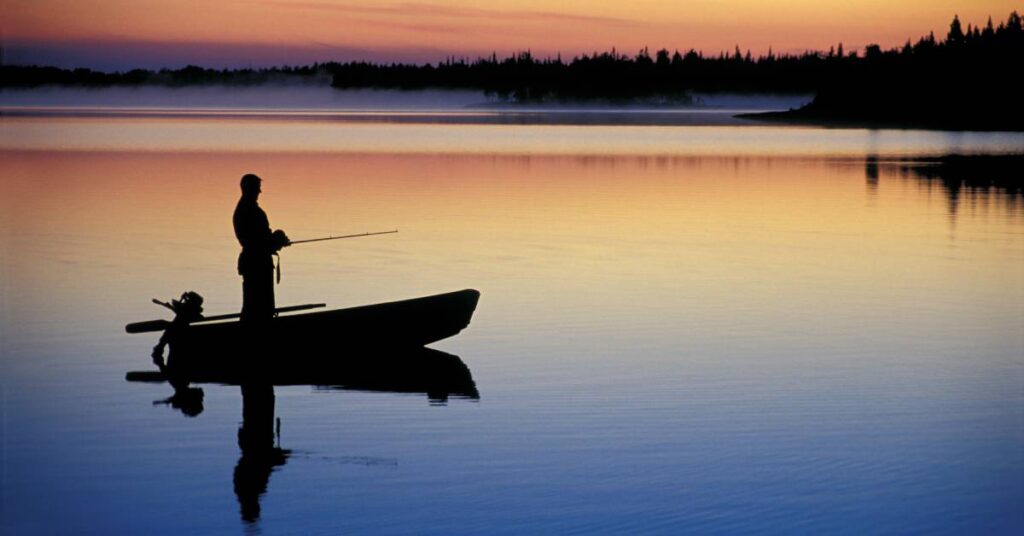For millions of anglers, bass fishing isn’t just a sport; it’s a lifestyle. Many have spent countless weekends at the lake, launching boats early in the morning and swapping stories by the dockside later in the afternoon.
However, bass fishing didn’t always look the way it does now. Over centuries, it evolved from a means of getting food to arguably one of the country’s most celebrated recreational pastimes. This post will help you learn about the evolution of bass fishing in America so you can appreciate how it became the phenomenon we know and love.
Colonial Americans Catch Bass for Food
Bass fishing in America has deep roots dating back to colonial times. Instead of engaging in fishing for recreation, settlers did it for survival as they explored and harnessed the waterways of North America. However, unlike modern anglers, they didn’t have spinning rods, artificial lures, or fluorocarbon line. They used simple tools like handmade hooks, natural baits like insects, and lines crafted from plant fiber. While it may seem far removed from today’s fishing landscape, you can imagine the thrill they must have felt landing their catches.
Ustonson Introduces the Multiplying Reel
Let’s fast-forward to 1770, the year when the fishing world experienced one of its first major innovations with the introduction of the multiplying reel. Onesimus Ustonson developed reels that allowed anglers to wind their line faster and with greater precision, making fishing far more efficient than the hand-lining methods of the past. Ustonson’s reels weren’t just functional; they were also a mark of quality that signaled the beginning of a period when fishing gear became more specialized and sophisticated.
Shakespeare Jr. Invents the Level Wind System
When you cast with bait casting reels today, there’s a little piece of tech it couldn’t function without: the level wind system. This invention by William Shakespeare Jr. was another leap forward for bass fishing. Before it, anglers dealt with frustrating backlashes and tangled lines that could turn a fishing trip into an exercise in patience.
Shakespeare revolutionized reels, making them more efficient and enjoyable to use. For anglers wanting precision and control, his invention opened doors to reeling in bass more effectively. This might seem minor compared to bigger milestones like fiberglass rods or AI-powered fish-finders, but it’s one of those subtle improvements that laid the groundwork for the rods and reels we use today.
FDR Launches the Tennessee Valley Authority
Fishing and conservation go hand in hand, and US President Franklin D. Roosevelt cemented this link when he signed the Tennessee Valley Authority (TVA) Act in 1933. Although the TVA intended to help the area recover from the Great Depression, it was an important step in the evolution of bass fishing in America because it resulted in the reshaping of waterways across the South through the construction of dams. These projects created reservoirs that remain some of the best bass fishing grounds today.
Places like Kentucky Lake or Guntersville Lake blossomed into fishing havens due to these artificial wonders. Not only did dams boost rural economies, but they also provided bass enthusiasts with new playgrounds to cast their lines. Some of today’s greatest angling stories might never have been written without them.
George Perry Sets the Largemouth Bass Record
When people talk about legendary bass fishing moments, George Perry’s 1932 world record for largemouth bass will be brought up in those conversations. He hauled in a monstrous 22-pound, four-ounce fish in Georgia, officially stamping his place in fishing lore.
What’s incredible is that George wasn’t aiming for fame or trophies; he was just trying to feed his family. Yet his catch became monumental, immortalized among anglers as the record to beat. Decades later, his achievement remains the ultimate benchmark for bass enthusiasts. How many of us dream about landing the big one that tops Perry’s behemoth?
Bass Fishing Boats and Fiberglass Rods Hit the Market
Bass fishing underwent a high-octane transformation with the introduction of purpose-built bass boats in 1948 and fiberglass rods in 1949. Suddenly, anglers could zip across the water to hidden honey holes or apply precision techniques with stronger rods.
These boats, equipped with trolling motors, made life easier for bass enthusiasts. Fiberglass rods, meanwhile, replaced their bamboo counterparts, allowing anglers to fight fish more effectively. These innovations amplified the passion for the sport.
The All-American Invitational Attracts Anglers
Competitive bass fishing might feel commonplace now, but it gained momentum in 1967 when Ray Scott organized the All-American Invitational. This event brought a sense of camaraderie and competition that was simply unheard of before.
This invitational evolved into Bass Anglers Sportsman Society tournaments that are now cornerstones of competitive angling. The blend of prizes, prestige, and pride continues to draw pros and spectators to bass fishing contests.
Bass Fishing Comes to Television
Television brought bass fishing into our living rooms, igniting enthusiasm in audiences beyond the water. Shows like Bill Dance Outdoors, hosted by the renowned names in the sport, turned ordinary anglers into weekend warriors who soaked up tips from the pros. Watching tournaments unfold on-screen added an exciting dimension to the sport.
The fusion of entertainment and insight has further propelled bass fishing into the spotlight. As technology has improved, more people have seen bass fishing as something approachable yet thrilling. It isn’t just an activity anymore but an aspirational lifestyle.
Take a Bass Fishing Adventure With Bassquatch Fishing
As we’ve seen, bass fishing has traveled a long, winding road to reach its current form. From colonial survival techniques to cutting-edge tools and televised programs, it’s become an undeniable part of American culture. Each step, from reeling in bass for dinner to landing giant trophies, adds layers to this rich history.
When you go on your next bass fishing adventure in Texas, do it with Bassquatch Fishing. Our bass fishing guide service will take you to the best spots for catching bass in the Lone Star State, allowing you to make treasured memories with your friends and family members. Talk to us today so you can create your own legacy that will add to the future of bass fishing in America.
